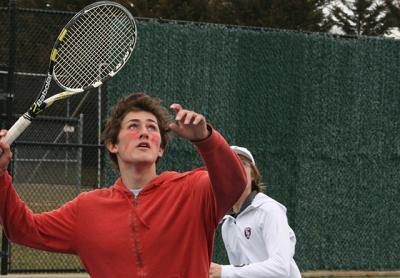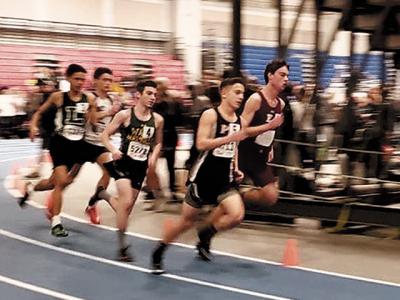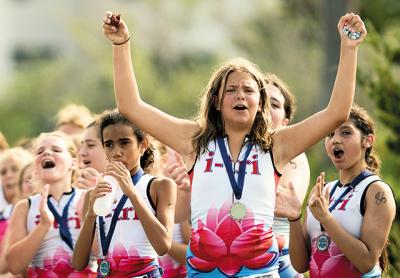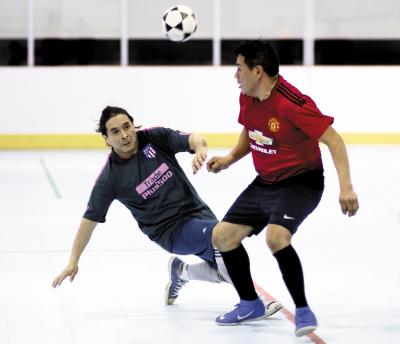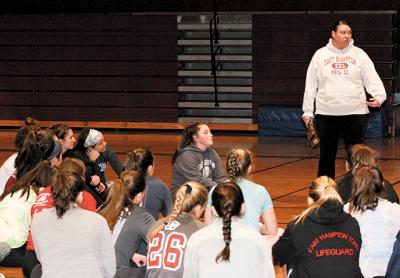25 Years Ago in Bonac Sports: 03.28.19
25 Years Ago in Bonac Sports: 03.28.19
March 3, 1994
Two local former high school basketball stars, Bobby Hopson of Bridgehampton and Scott Smith of East Hampton were to have played in conference tournaments this week that could lead to berths in national championship tourneys.
Hopson is a Wagner College senior, and Smith a New Hampshire College freshman.
As of Tuesday, Hopson was in seventh place on Wagner’s all-time scoring list with 1,514 points, just 19 points shy of fifth place. The 5-foot-10-inch senior, who has captained his team since his sophomore year, is averaging 17.1 points, 4.2 rebounds, and 2.4 assists per game.
March 10, 1994
Joe Landi is in his fourth year a dart player, and is as enamored of the traditional pub game as most golfers are of golf.
The East-West League at Southampton’s Treasure Inn is one of three that Landi, who has a dartboard hanging not far from his store’s checkout counter, throws in. . . . “They still throw nails in England and Scotland. It’s like any sport. You step in the box, you watch the ball, and, with practice, you get better.”
Having taken up a solid position at the toe-line, seven feet and nine-and-one-quarter inches from the board, one should hold the shaft of the dart between thumb and first finger, Landi said, with the second or third finger along the point. The arm should be parallel to the floor, and the thrower should sight along the flighted stem.
“Aside from the forearm, nothing moves. People who score well, their bodies don’t move. You take a full breath, let out half of it, and hold your body still. No, you shouldn’t snap hour wrist — just let it go. Be careful not to push.”
As this writer can testify, it’s a lot harder than it looks, a lot more challenging, and a lot more fun.
—
“We try to stress the fundamentals of the game, not so much winning,” Scott Rubenstein, who’s helping Joe Marciniak coach East Hampton’s 9-and-10-year-old Biddy basketball team, said during a recent practice session at the John Marshall Elementary School.
“If Scott had his way, it would be nothing but drills,” said Marciniak. “If it were me, there’d be nothing but scrimmages.”
Tom Mac, Sag Harbor’s Biddy coach, said during a telephone conversation later in the week, “The main thing we’re trying to teach these kids is that good sportsmanship and good teamwork enable you to win. I’m getting tired of what I see at these high school games — the temper tantrums, the posturing. . . . We’ve got a friendly, competitive rivalry going with the East Hampton team. We tell the kids that after the game it’s okay to talk to the other guys.”
Of the dozen or so who played for East Hampton’s Biddy team in 1970 and ’71 — Howard Wood, the best-known alumnus, could not play because he exceeded the former 5-foot-6-inch height limit — seven wound up playing on East Hampton’s 1977 state championship team that went 22-1, said Rubenstein.
“There was Kenny Carter, Eddie Petrie, Tony Gilliam, Randy Strong, Jerome Jefferson. . . . We played in national tournaments in New Orleans and Puerto Rico.”

